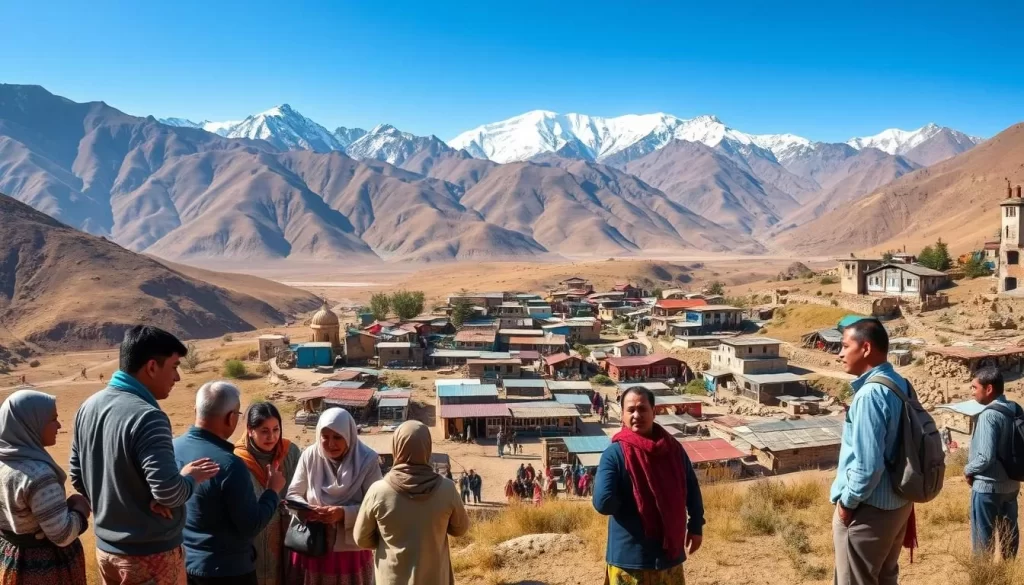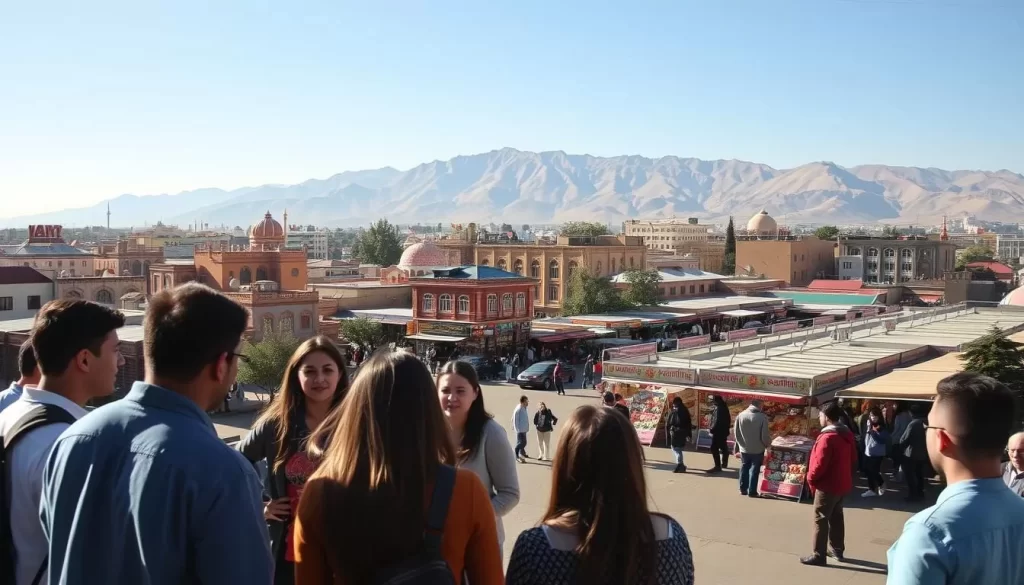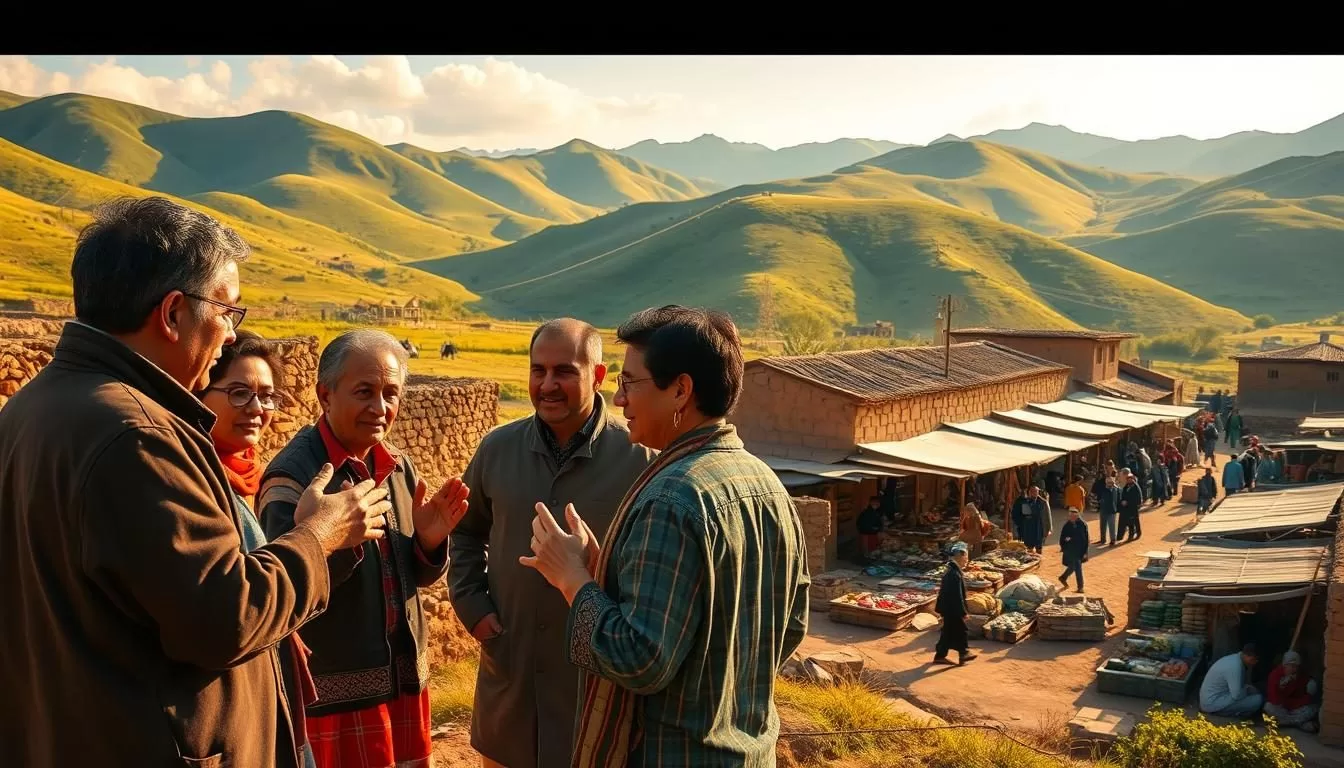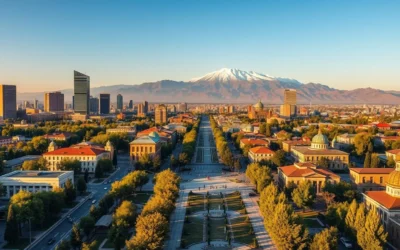In the heart of Central Asia, the language landscape tells a story of rich history and cultural exchange. The official language of this region is Tajik, a variant of Persian, while Russian serves as a bridge for interethnic communication. These two languages play a vital role in daily life, connecting people across the country.
With roots in the Persian language, Tajik reflects centuries of influence from the Middle East and Central Asia. Over time, Soviet-era changes introduced Russian, which is now spoken by nearly 90% of the population at varying levels. This blend of old and new creates a unique linguistic identity.
Beyond these primary languages, the region is home to a variety of dialects and minority tongues. From Uzbek to Pamir languages, each adds to the vibrant tapestry of communication. Exploring this diversity offers a glimpse into the history and culture of the area.
Historical and Cultural Influences on Tajik Languages
Centuries of cultural exchange have shaped the language landscape here. The tajik language traces its roots to Middle Persian, a key part of the Iranian language family. This connection highlights the deep historical ties to ancient traditions.
Over time, the region’s language evolved, absorbing influences from neighboring cultures. The Persian legacy remains strong, with archaic elements still present in modern speech. This blend of old and new creates a unique linguistic identity.

Ancient Roots and Middle Persian Legacy
The tajik persian connection dates back to ancient times. Middle Persian, spoken over a thousand years ago, laid the foundation for today’s language. This historical link is evident in vocabulary, grammar, and cultural expressions.
During the early centuries, the region was a hub for trade and cultural exchange. This period saw the spread of Persian influences across Central Asia. The language became a vital tool for communication and cultural preservation.
The Impact of Soviet Rule and Linguistic Shifts
The Soviet era brought significant changes to the language landscape. Russian was reintroduced as a tool for interethnic communication. This shift marked a new chapter in the region’s linguistic history.
Standardization processes during this time aimed to unify the language. The alphabet transitioned from Arabic to Latin, and later to Cyrillic. These changes reflect the broader cultural and political shifts of the 20th century.
Today, the legacy of these historical milestones continues to shape the way people communicate. The blend of Persian roots and Soviet influences creates a dynamic and evolving linguistic identity.
Tajikistan: Official and widely spoken languages
Language plays a pivotal role in shaping identity and unity in this Central Asian region. The official language, Tajik, is deeply tied to the national identity, while Russian serves as a bridge for communication among diverse groups. Together, they form the backbone of daily interactions and cultural expression.

State Language: The Role of Tajik in National Identity
Tajik, a variant of Persian, is more than just a means of communication. It is a symbol of cultural pride and continuity. Recognized in the Constitution, it is used in government, education, and media. This language connects the population to its historical roots and neighboring Persian dialects.
Over the years, Tajik has evolved, absorbing influences from other languages in the region. Despite these changes, it remains a cornerstone of national unity. Its use in literature and art highlights its enduring significance.
Interethnic Communication: Russian’s Enduring Presence
Russian continues to play a vital role in this region. Nearly 90% of the population speaks it at varying levels, making it a key tool for interethnic communication. Its prevalence in business and government underscores its practical importance.
Introduced during the Soviet era, Russian has left a lasting mark on the language landscape. Today, it facilitates dialogue among diverse ethnic groups, ensuring smooth interactions in a multicultural society.
This blend of Tajik and Russian reflects the region’s unique history and adaptability. Together, they create a dynamic linguistic environment that continues to evolve.
Regional Minority and Foreign Language Dynamics
Exploring the minority and foreign languages reveals a dynamic communication landscape. This region’s linguistic diversity reflects its multiethnic composition, with each language adding a unique layer to the cultural identity. From Uzbek to Pamir variants, these tongues are spoken by various communities across the area.

Minority Languages: Uzbek, Kyrgyz, and Pamir Variants
Uzbek and Kyrgyz are among the most prominent minority languages. They are spoken by communities that have maintained their cultural heritage over centuries. The Pamir variants, on the other hand, are primarily found in the mountainous regions, where they serve as a vital link to local traditions.
Despite their significance, many of these languages face challenges in preservation. The lack of formal support and the shift towards dominant languages like Tajik and Russian threaten their survival. However, efforts to document and promote these tongues are ongoing, ensuring their legacy continues.
Foreign Language Influence: English, Chinese, and Beyond
Foreign languages are gaining traction, especially among the younger generation. English is increasingly popular in educational and professional settings, while Chinese is becoming a key language for business and trade.
This trend reflects the region’s integration into the global economy. As more people learn these languages, they open doors to new opportunities and cross-cultural exchanges. For a deeper understanding of these dynamics, you can explore this study on multilingual practices.
Despite the growing influence of foreign languages, the challenge lies in balancing global integration with the preservation of local linguistic heritage. This delicate balance is key to maintaining the region’s unique cultural identity.
Modern Challenges and Language Evolution
Globalization and demographic shifts are reshaping the way people communicate. In this Central Asian region, preserving linguistic heritage has become a pressing concern. The Tajik language, deeply rooted in Persian, faces challenges from external influences and rapid societal changes.

Preservation Amid Globalization and Demographic Changes
Efforts to maintain the Tajik language are gaining momentum. Initiatives in education, media, and government aim to revive older Persian lexicons and minimize excessive Russian influence. For example, the rise of Tajik-language media, including newspapers and TV stations, has played a significant role in this revitalization.
Demographic changes, such as migration and urbanization, also impact language use. Younger generations are increasingly exposed to global languages like English, which is becoming popular in professional settings. This shift creates a delicate balance between global integration and local cultural preservation.
- Education: Schools are incorporating more Tajik-language programs to ensure the next generation remains connected to their heritage.
- Media: The growth of Tajik-language content in music, TV, and online platforms helps promote the language.
- Government: Policies are being implemented to support the use of Tajik in official settings.
Technology plays a dual role in this evolution. While it facilitates the spread of global languages, it also provides tools for documenting and promoting minority dialects. For instance, digital platforms are being used to create and share content in local languages, ensuring their survival in the digital age.
Despite these efforts, challenges remain. The lack of digitized texts in Tajik makes it harder for algorithms to process the language, limiting its online presence. Additionally, the dominance of Russian in certain sectors, such as technology and urban infrastructure, continues to pose a threat to the Tajik language.
For a deeper understanding of these dynamics, you can explore this study on linguistic practices.
As the population navigates these changes, the focus remains on finding a balance. Preserving the Tajik language while embracing global opportunities is key to maintaining a unique cultural identity in this evolving landscape.
Conclusion
The linguistic landscape here reflects a blend of tradition and modernity. From the official language to regional dialects, each plays a role in shaping cultural identity. Historical influences, like Persian roots and Soviet-era changes, have left a lasting mark.
Today, Russian remains a key tool for communication, while minority languages like Uzbek and Kyrgyz add to the diversity. Foreign languages, such as English and Chinese, are gaining traction, reflecting global integration. This mix highlights the dynamic nature of the language environment.
Preserving this rich heritage while embracing modern challenges is essential. For more insights, explore the cultural and linguistic history of this region. The balance between tradition and progress ensures a vibrant future for its linguistic identity.
The above is subject to change.
Check back often to TRAVEL.COM for the latest travel tips and deals.
Here are some Tours & Sightseeing suggestions that might pique your interests!





